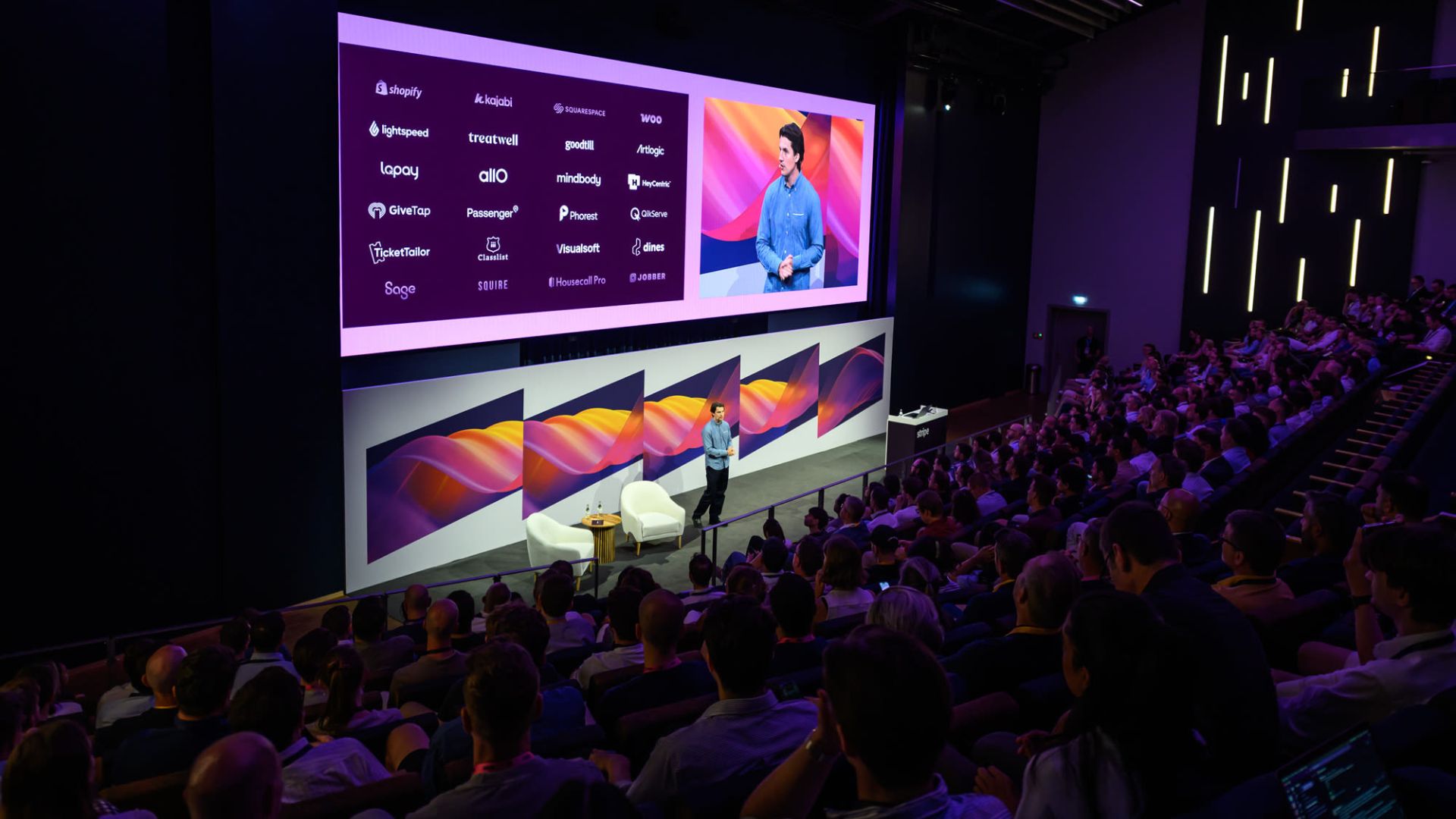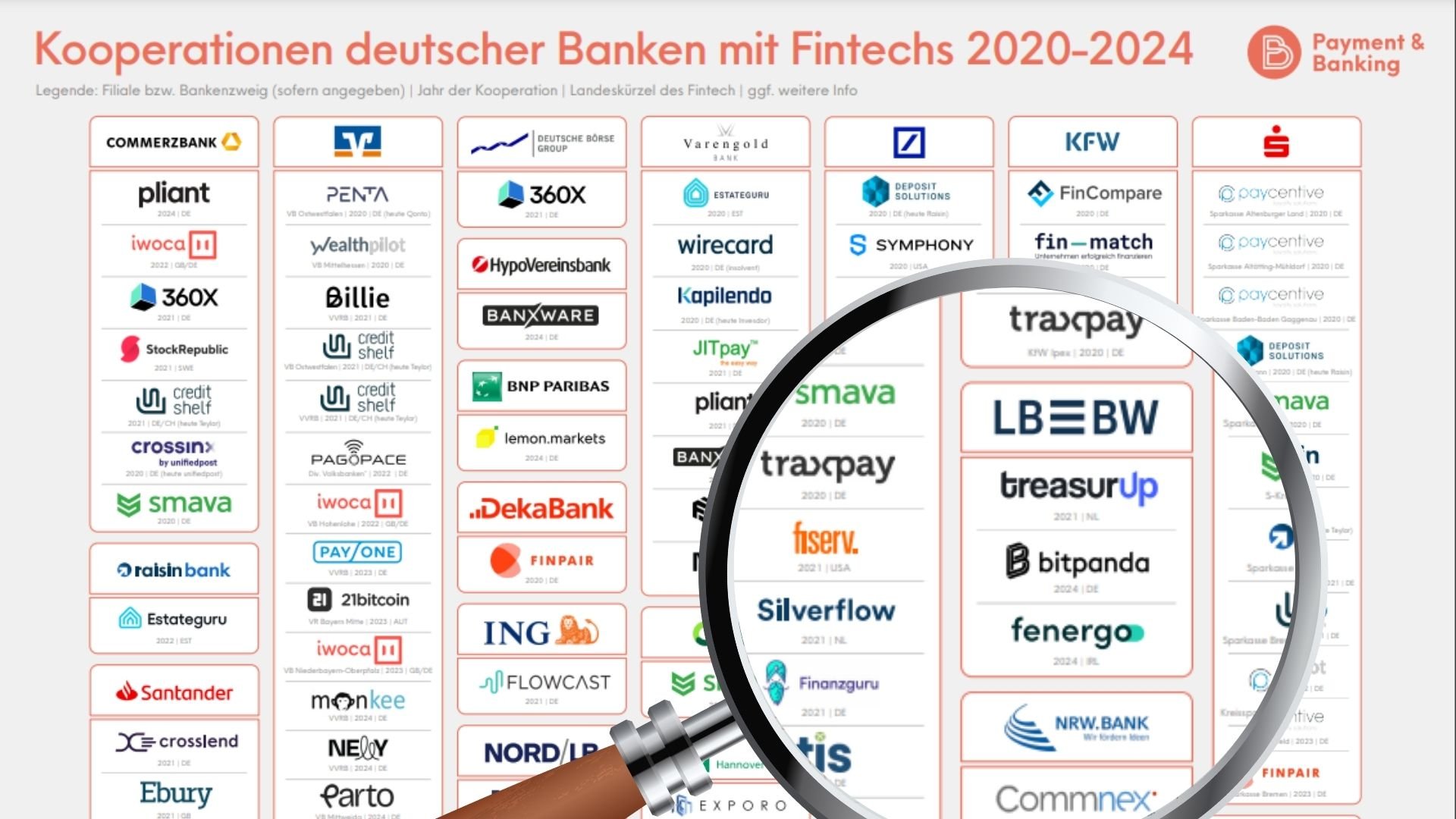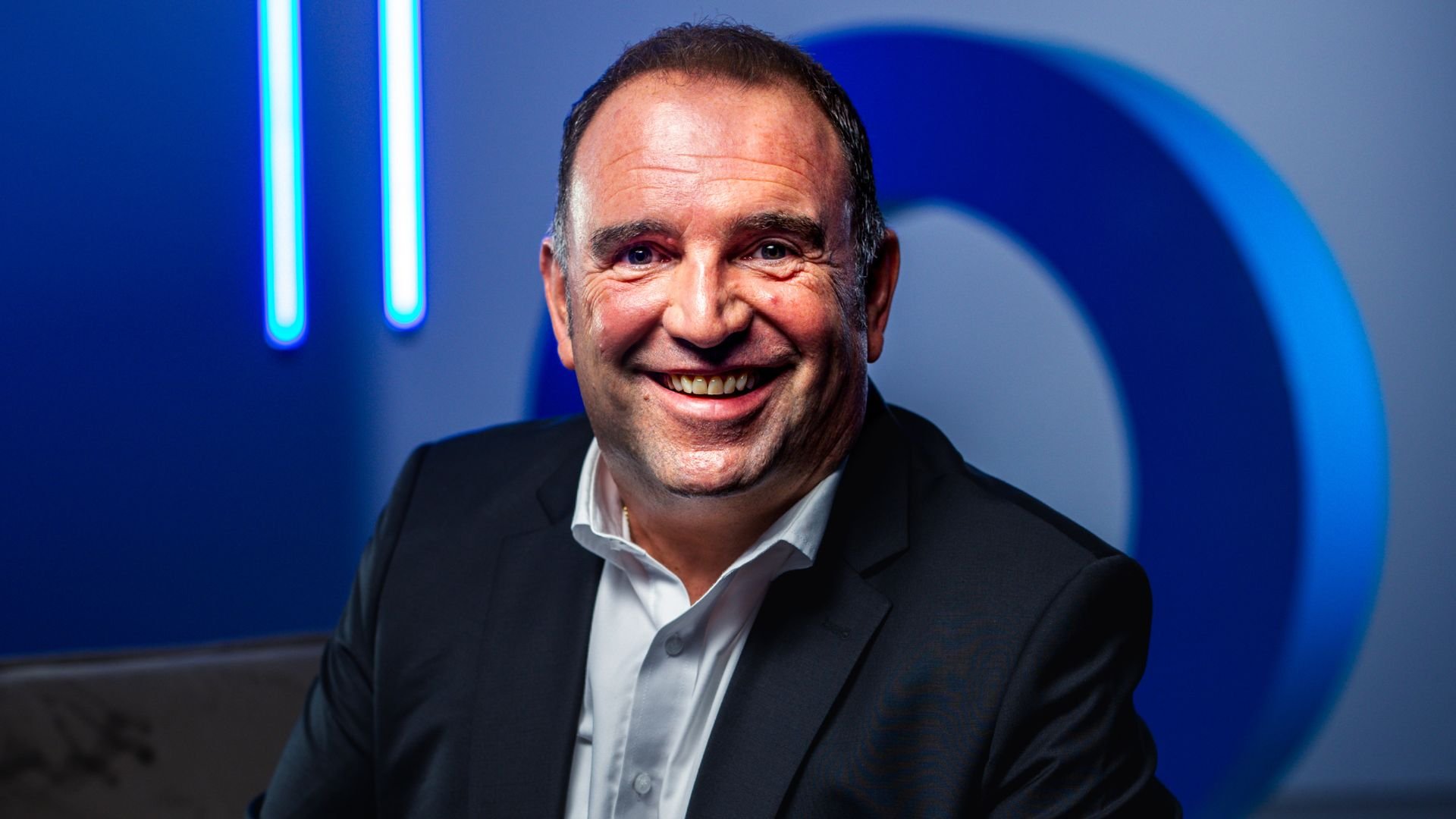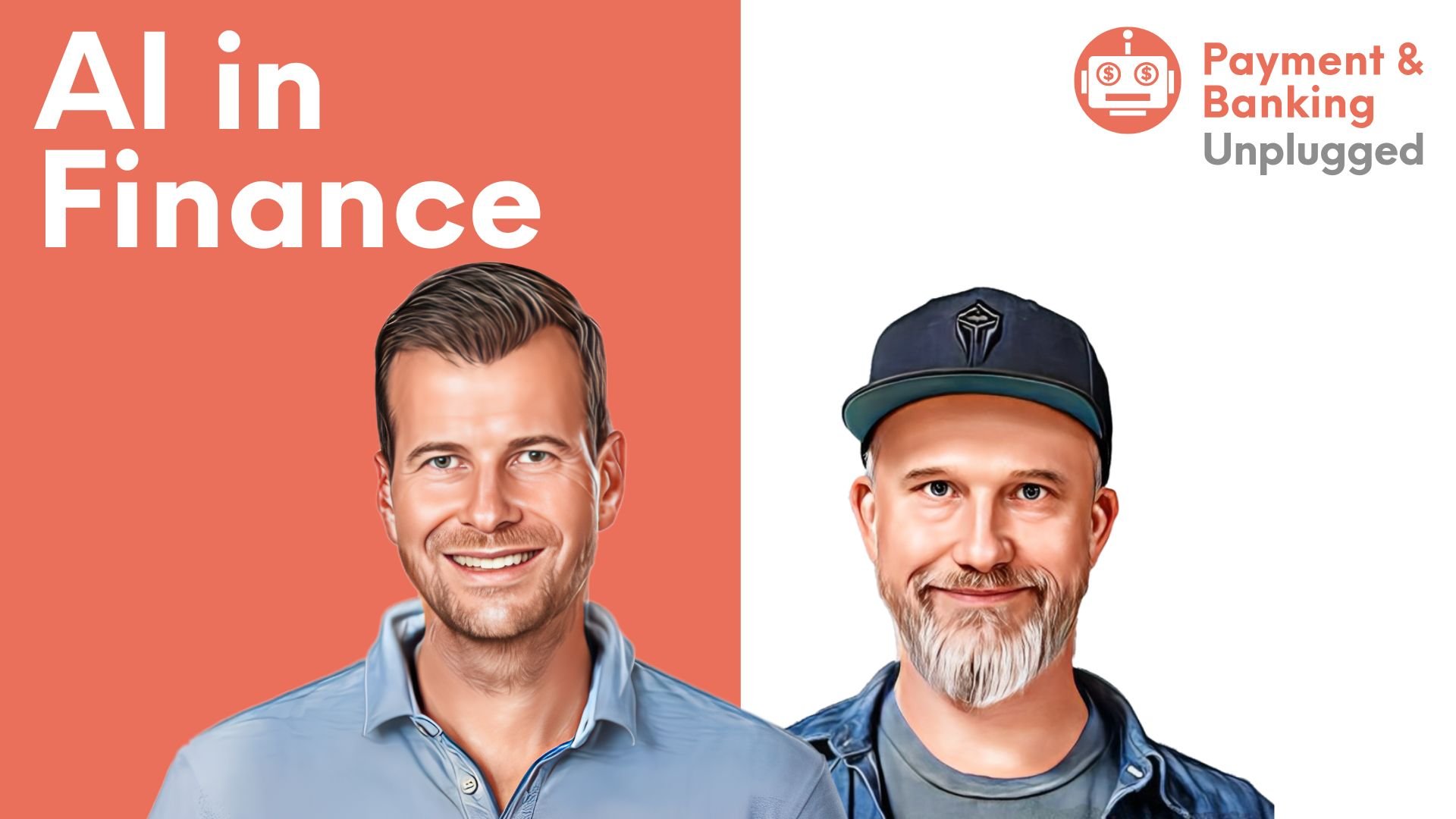In unserer neuen Serie „Buzzwords im Reality Check“ erklären wir künftig Begriffe der Finanzwelt. Der Begriff Open Banking kursiert schon seit einiger Zeit in der Finanzwelt. So richtig Fahrt aufgenommen hat er jedoch erst mit der Einführung der PSD2-Richtlinie. Doch was steckt eigentlich dahinter? Zum Auftakt erklärt Rivo Uibo von Modularbank, wofür der Begriff steht, was Open Banking bereits heute bewirkt und was es für die Zukunft bringt.
Was ist Open Banking?
Open Banking ist ein Konzept, um Finanzdaten elektronisch und sicher zu teilen – vorausgesetzt der Kunde, dem die Daten gehören, hat dem zugestimmt.
Stell dir vor, du bist Kunde bei mehreren Banken, möchtest aber auf nur einer Oberfläche alle deine Konten überblicken. Natürlich gibt es Anbieter, die das möglich machen – sie brauchen dafür aber eben den Zugang zu all diesen Finanzdaten bei den verschiedenen Institutionen. Ausgewählte Banken gewähren diesen Anbietern bereits seit einigen Jahren Zugriff auf die Daten. Doch erst jetzt, dank der Einführung der paneuropäischen Zahlungsdiensterichtlinie 2 (PSD2), sind alle Banken gesetzlich dazu verpflichtet. Zumindest bis zu einem gewissen Grad.
Damit Open Banking in der Praxis funktioniert, erfolgt der elektronische Datenaustausch strukturiert und sicher über Programmierschnittstellen (APIs). Sie bilden die technische Grundlage für das Konzept. Viel wichtiger als die Technologie, die dahintersteckt, ist allerdings das Umdenken, das es angestoßen hat. Dieses Umdenken verändert dauerhaft die Spielregeln und stellt die gesamte Finanzwelt auf den Kopf.
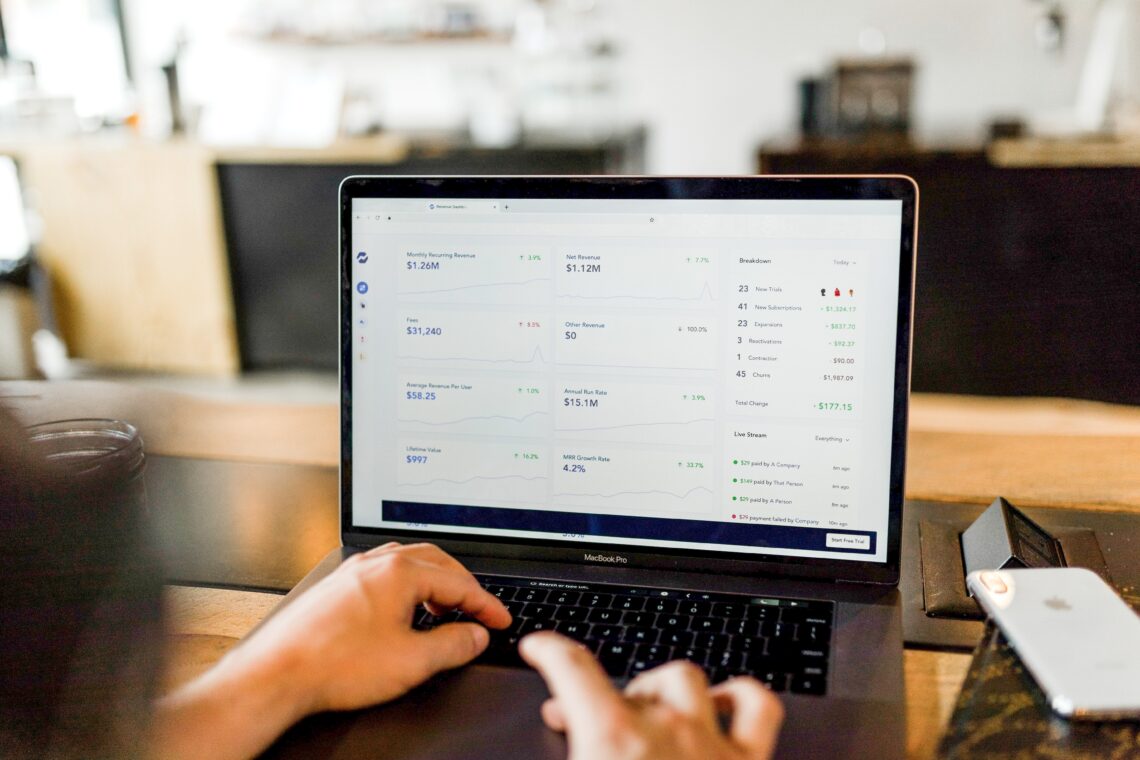
Was verspricht Open Banking?
PSD2 war für Open Banking ausgesprochen wichtig: Die Richtlinie definiert die Regeln für alle Marktteilnehmer und legt gleichzeitig den Grundstein für eine offene und vernetzte Zukunft. Somit ist PSD2 ein großartiges Beispiel für eine Richtlinie, die keine Grenzen setzt, sondern stattdessen neue Möglichkeiten schafft. Während traditionelle Banken ihr Innenleben und ihre Daten über Jahrzehnte vor Außenstehenden verborgen hielten, verspricht Open Banking nun, den Markt aufzurütteln, indem es Standards etabliert, die neue Geschäftsmodelle ermöglichen und letztlich zu einem besseren Kundenerlebnis führen.
Wo sehen wir Open Banking in der Praxis?
Heute, im Jahr 2020, stehen wir noch ganz am Anfang dessen, was wir langfristig von Open Banking erwarten können. Da wir noch einen langen Weg mit vielen Stationen vor uns haben, ist es umso beeindruckender, dass wir bereits über branchenführende Beispiele sprechen können. Es gibt Banken, die deutlich über die Richtlinien hinausdenken und die Möglichkeiten von Open Banking bereits einsetzen.

Einer der Vorreiter ist BBVA. Die spanische Bank ist davon überzeugt, dass der Datenaustausch im besten Interesse der Verbraucher ist, um Innovation und Entwicklung zu fördern. Dazu hat BBVA eine „Open Platform“ geschaffen, die Entwicklern nach einer Sicherheitsprüfung den Zugang zu einer Vielzahl an APIs ermöglicht. Damit können sie schnell und einfach Dienste in ihre Anwendungen integrieren, um z.B. Zahlungen über BBVA abzuwickeln.
Da ein Ökosystem nur funktioniert, wenn möglichst viele daran teilnehmen, müssen sich möglichst viele Akteure in das Konzept einbringen, damit Open Banking seinen wirklichen Wert offenbaren kann. Als eines der größten Finanzinstitute der Welt ist BBVA hoffentlich ein Wegbereiter und Vorbild für andere Marktteilnehmer.
Was bringt die Zukunft?
PSD2 brachte den Ball ins Rollen, indem es die Banken dazu zwang, sich zu einem gewissen Grad zu öffnen. Einige Banken haben dadurch die Vorteile von Open Banking erkannt und erste Beobachtungen zeigen einen umfassenderen Sinneswandel in der Branche.
Open Banking ist nur der erste Schritt hin zu einer vernetzten Geschäftswelt.
Das führt aktuell dazu, dass sich Banken freiwillig weiter öffnen, als es die Richtlinien verlangen. Dieser Trend wird sich hoffentlich fortsetzen und in einigen Jahren werden wir dann sehen, wie das Konzept schrittweise von Open Banking zu Open Finance heranwächst. Dann schließt das Konzept nicht nur Banken ein, sondern die gesamte Finanzindustrie, also zum Beispiel auch Versicherungen und Leasing-Gesellschaften.
Das Ziel kann letztlich nicht weniger sein, als dass sich die gesamte Geschäftswelt öffnet, indem Unternehmen aller Branchen ihre Daten austauschen. Von diesem Ziel sind wir noch immer mindestens ein Jahrzehnt entfernt. Doch Unternehmen, die diese Entwicklung jetzt schon erkennen und ihr Geschäftsmodell anpassen, können maßgeblich davon profitieren – schon heute genauso wie in der Zukunft.


